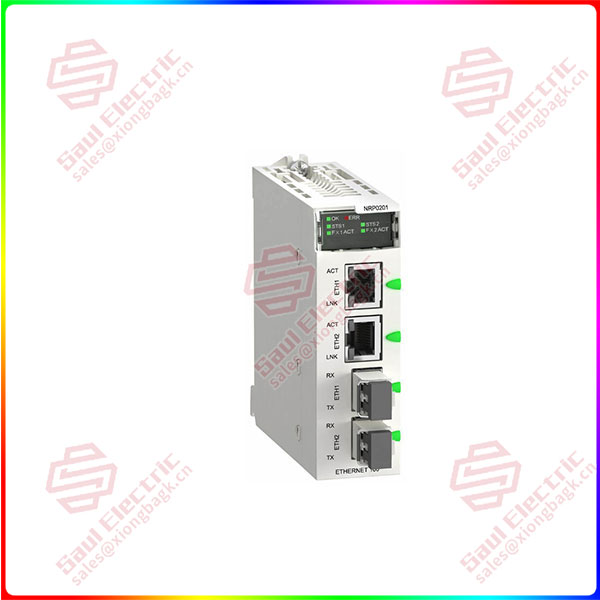Global decarbonisation is accelerating: the UN’s Intergovernmental Panel on Climate Change (IPCC) has proposed that the world achieve a 43 per cent reduction in carbon emissions by 2030 to meet the Paris Agreement’s target of no more than 1.5 ° C of global warming by the end of the century. A deep reduction in fossil fuel consumption, replacing it with green hydrogen and using it for efficient production, is one of the means to achieve carbon neutrality and carbon peak goals; At the same time, whether it is chemical, fertilizer production or oil processing, hydrogen is also an important raw material. Therefore, how effective the use of green hydrogen is is seen as a key indicator of whether industrial operations can move towards a low-carbon future.
As a preparable, transportable energy source, hydrogen has high potential due to its clean combustion and no greenhouse gas emissions. However, compared with other energy sources, green hydrogen production costs are still relatively high due to technical limitations. Due to the low safety and more stringent requirements for transportation and storage conditions, the widespread use of green hydrogen is still restricted to a certain extent. However, with the increase of green hydrogen projects, more technical means can improve the economy and safety of green hydrogen production and use from the perspective of plant design and operation, and ensure the safe, stable and economic operation of green hydrogen production and consumption plants in the process of energy transformation.

BMXNRP0201
Optimize all aspects of the green hydrogen value chain with digital means
At present, the overall architecture of the green hydrogen plant consists of three parts: the power supply unit, which includes a renewable energy system and a two-way flow grid; Core units including water treatment equipment, electrolytic cells, separation equipment and other related production equipment; Use units including ammonia production, pipeline injection, cave sealing or mobile filling stations.
In this architecture, no matter which part of the optimization control is achieved, it will help to improve the green hydrogen value chain: reliable integration of power supply units to provide guarantee for production; The smooth operation of the core unit can realize the maximization of production benefits; Using the optimization of the unit conversion rate, hydrogen energy can be maximized. In addition, a production coordination system is needed to oversee and coordinate the entire value chain, including renewable power forecasting, cell production optimization, overall efficiency monitoring and operational simulation. An integrated control system can be deployed to monitor and coordinate multiple plants from an integrated operations center.
 1 Year Warranty
1 Year Warranty





